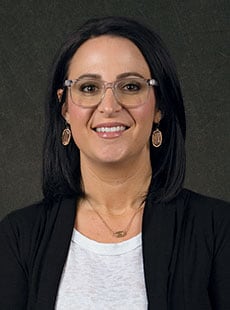Utah Core
•
Curriculum Search
•
All Science - Secondary Lesson Plans
•
USBE Science - Secondary website
Lesson Plans
Strand 6.1: STRUCTURE AND MOTION WITHIN THE SOLAR SYSTEM
The solar system consists of the Sun, planets, and other objects within Sun's gravitational influence. Gravity is the force of attraction between masses. The Sun-Earth-Moon system provides an opportunity to study interactions between objects in the solar system that influence phenomena observed from Earth. Scientists use data from many sources to determine the scale and properties of objects in our solar system.Standard 6.1.1
Develop and use a model of the Sun-Earth-Moon system to describe the cyclic patterns of lunar phases, eclipses of the Sun and Moon, and seasons. Examples of models could be physical, graphical, or conceptual. (ESS1.A, ESS1.B)-
6th Grade Lesson Ideas: Dash Robots
This is a list of potential ideas based off a specific technology. None of these ideas are fully developed lessons. Please make changes and adaptations as necessary for the students in your class. -
Eclipse Models
Students will learn about interactions between objects in the solar system that influence phenomena observed from Earth. This includes both solar and lunar eclipses. They will develop and use a model of the Sun-Earth-Moon system to describe the eclipses of the Sun and Moon.


 UTAH EDUCATION NETWORK
UTAH EDUCATION NETWORK

 Justin
Justin Braxton
Braxton Dani
Dani Kayla
Kayla Katie
Katie Lora
Lora Rob
Rob Val
Val
